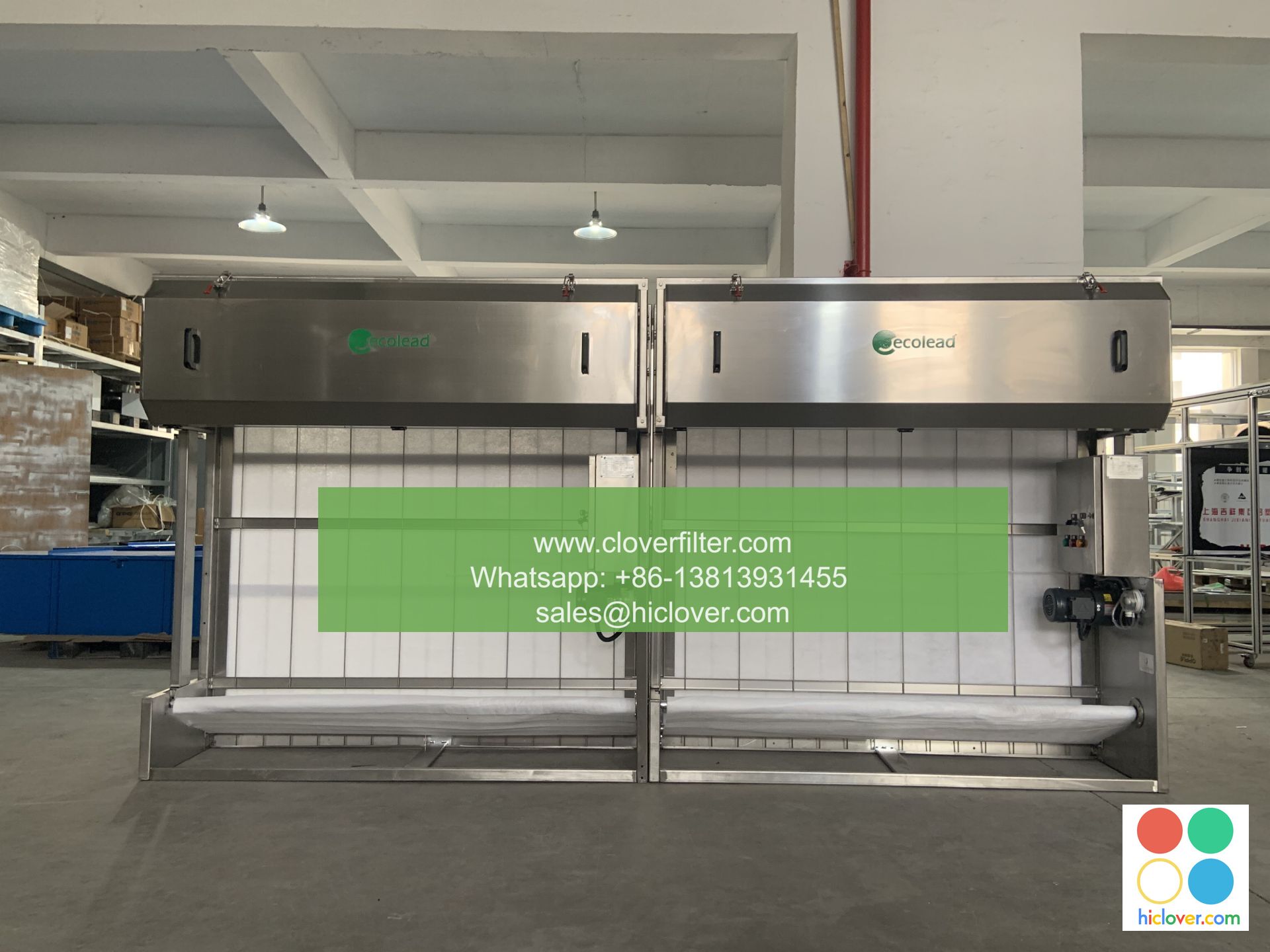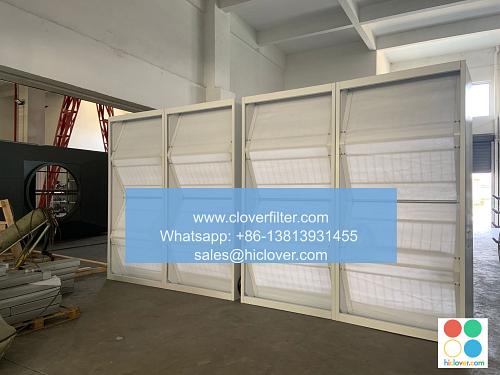Designing Air Filter Systems for Cleanrooms and Controlled Environments

Cleanrooms and controlled environments are critical spaces that require precise control over air quality to prevent contamination and ensure the integrity of products and processes. Air filter systems play a vital role in maintaining the cleanliness and purity of these environments. In this article, we will discuss the importance of air filter systems in cleanrooms and controlled environments, and provide guidance on designing effective air filtration systems for various application areas.
Importance of Air Filter Systems in Cleanrooms
Cleanrooms are designed to minimize airborne contamination, and air filter systems are essential for removing particles, dust, and other contaminants from the air. The primary goals of an air filter system in a cleanroom are to:
– Remove airborne particles, including dust, pollen, and other contaminants
– Control humidity and temperature levels
– Prevent the introduction of contaminants from outside the cleanroom
– Maintain a stable and consistent air quality environment
Key Considerations for Designing Air Filter Systems
When designing an air filter system for a cleanroom or controlled environment, several key factors must be considered, including:
– Airflow rates and velocity to ensure adequate air exchange and prevent turbulence
– Filter efficiency and type, including HEPA (High Efficiency Particulate Air) filters, ULPA (Ultra Low Penetration Air) filters, and activated carbon filters
– System redundancy and backup to ensure continuous operation in case of filter failure or maintenance
– Monitoring and control systems to track air quality parameters, including particle counts, temperature, and humidity
Application Areas for Air Filter Systems
Air filter systems are used in a variety of cleanroom and controlled environment applications, including:
– Pharmaceutical manufacturing and packaging
– Biotechnology research and development
– Medical device manufacturing and assembly
– Food processing and packaging
– Microelectronics manufacturing and assembly
– Aerospace engineering and research
Designing Air Filter Systems for Specific Applications
The design of an air filter system will depend on the specific application and requirements of the cleanroom or controlled environment. For example:
– In pharmaceutical manufacturing, air filter systems must be designed to meet strict regulatory requirements, including cGMP (current Good Manufacturing Practice) guidelines
– In biotechnology research, air filter systems must be designed to prevent contamination and ensure the integrity of sensitive biological materials
– In food processing, air filter systems must be designed to prevent contamination and ensure the safety of food products
Conclusion
Designing effective air filter systems for cleanrooms and controlled environments requires careful consideration of various factors, including airflow rates, filter efficiency, system redundancy, and monitoring and control systems. By understanding the specific requirements of each application area, designers can create air filter systems that meet the unique needs of each industry, ensuring the quality and integrity of products and processes. Whether it’s pharmaceutical manufacturing, biotechnology research, or food processing, a well-designed air filter system is essential for maintaining a clean and controlled environment. It looks like you’re ready to provide a prompt, but you haven’t given me anything to work with yet. Please go ahead and give me a prompt, question, or topic you’d like to discuss, and I’ll do my best to help!

